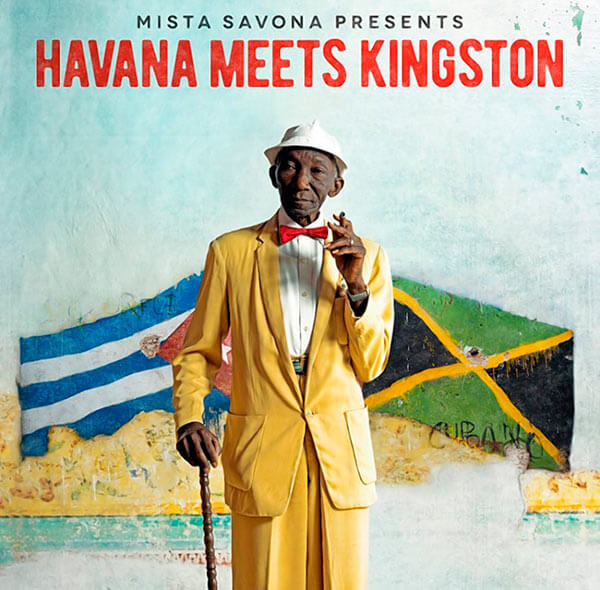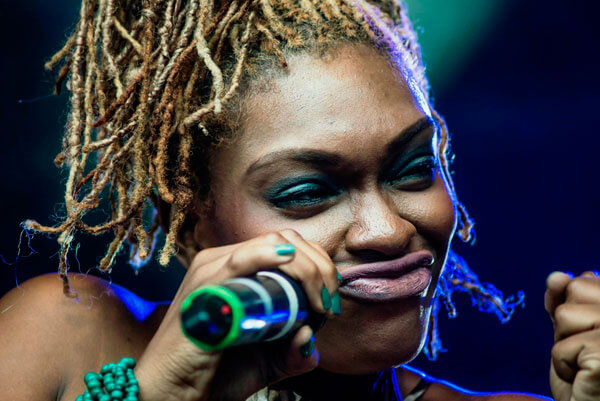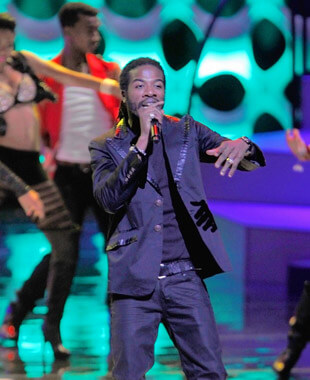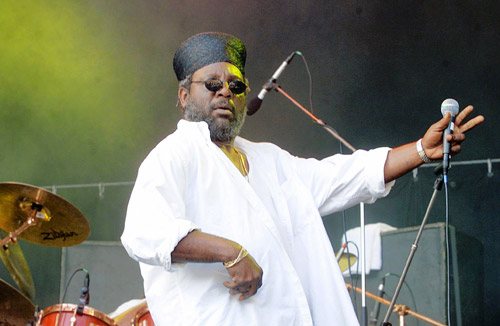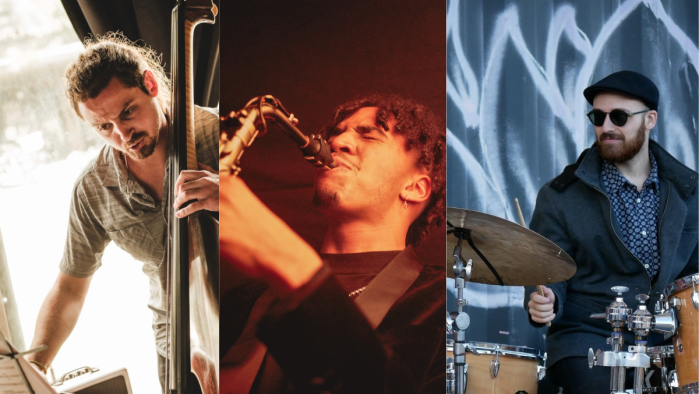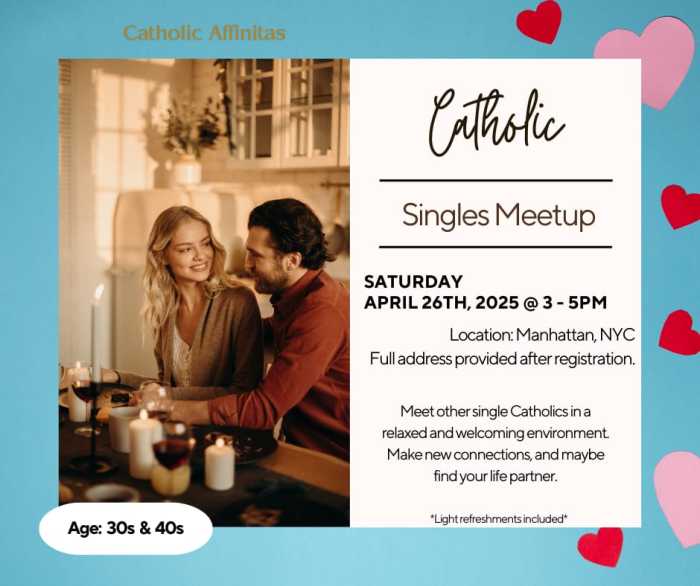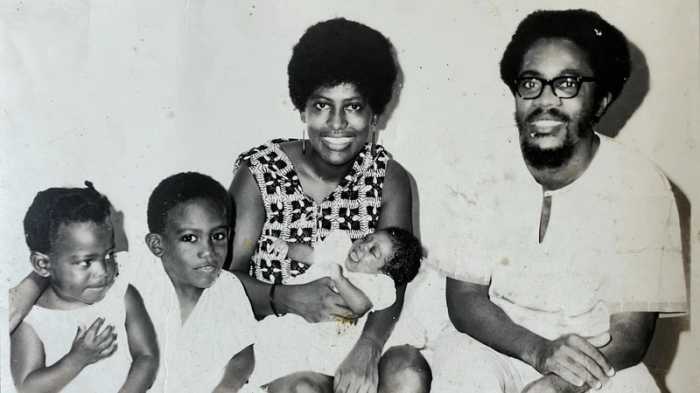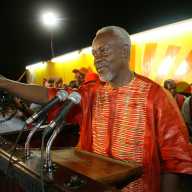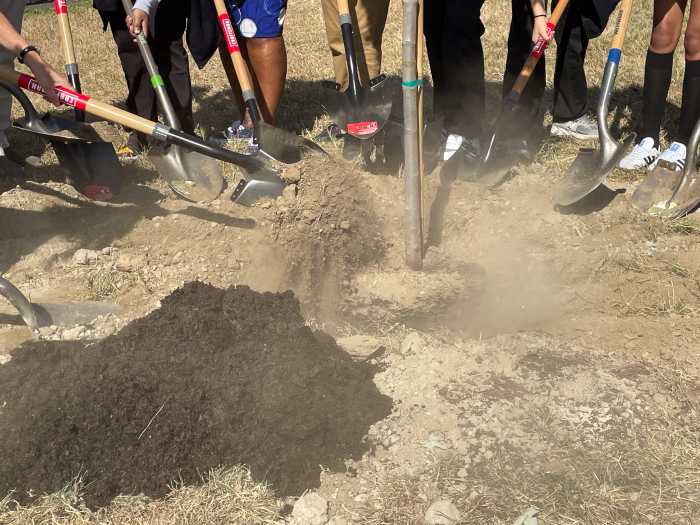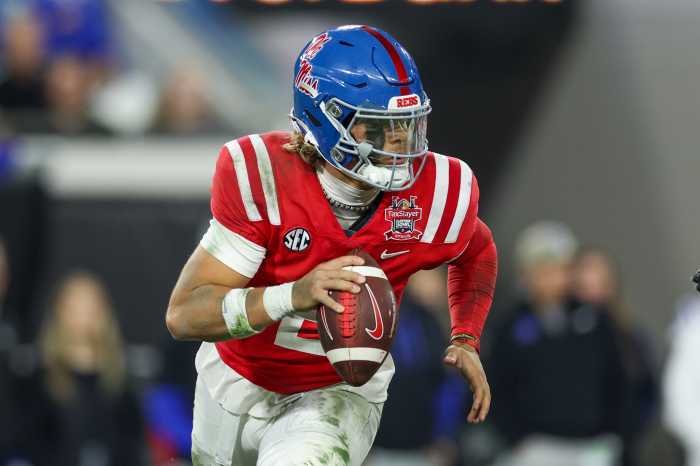It’s a bilingual Caribbean music fusion.
The musical styles of Jamaica and Cuba come alive in “Havana Meets Kingston,” the first ever full compilation album combining the sounds and rhythms of these two island nations. The creator — Australian dancehall deejay Mista Savona, was inspired to assemble a project after a 2013 trip to Cuba and hearing sounds that peaked his curiosity. That experience would light a bulb.
“I was sitting in a cafe in Havana and they were playing rumba music that was mainly percussion based, and I was daydreaming and imagining how the sounds of Nyabinghi drums from Jamaica would sound mixed with the rumba,” said Savona. “I realized straight away this was a special idea, and wondered if it had ever been done before.”
Upon returning back to Australia, the idea stuck with Savona and he began some research and concluded that a cross-cultural recording between the two nations did not exist. He eventually found his way back to Jamaica, recruiting some legendary Jamaican artists such as Sly and Robbie, Bongo Herman, and few more, to travel to Cuba with him for a week and a half to get started.
“We spent ten days at Egrem Studios in Havana, where Buena Vista Social Club was recorded 20 years ago,” he said. “Some of the very best of Cuba’s musicians came though the studio to sit on sessions — it was an incredible ten days and everything we recorded there has its own special magic.”
Though Cuba and Jamaica’s music are sung in different languages — Spanish, English, and Jamaican Patois respectively — with both countries retaining much of their African ancestry, there are some apparent similarities, according to Savona.
“Both of course have the same deep roots in African music, but have evolved quite separately over the centuries, especially from the 1950’s onwards when it became much more difficult for Jamaicans to travel into Cuba and vice versa,” he said. “An interesting one I discovered in the sessions is the very noticeable similarity in the role of the guiro in Cuba, and the rhythm guitar in Jamaica — both have an offbeat ‘chk chk’ pattern known as the skank in reggae, as well as a similar tone, that is an essential part of both island’s music.”
The lead single call “Carnival” demonstrates how he incorporates both cultures into the songs on this project.
“Every song on the album is a different balance of both. ‘Carnival’ is one of my favourite examples of this fusion, with a chorus sung in Spanish and the verses in Jamaican Patois. The instrumental music for this song is very much a Jamaican rockers feel, but with moments of Cuban montuno and Afro-Cuban percussion,” he said.
And the album is mixture of sounds that will keep its listeners at their feet, according to Savona.
“It’s a real mix of tempos and styles, but there is one common thread — an electricity and excitement that permeated all the recording sessions at Egrem Studios in Havana,” he said. “There was so much joy in the studio. The Cubans say an angel lives in the studio and blesses all the music recorded there. I now believe it.”
The unique sounds that come out of it is like no other, said Savona.
“‘Havana Meets Kingston’ sounds like nothing that has come before it. It’s a very unique project. I want people to listen to this album and really feel the joy of cross cultural collaboration,” he said. “Music is our universal language. This album is not just a celebration of Caribbean culture, it’s a celebration of life itself.”


